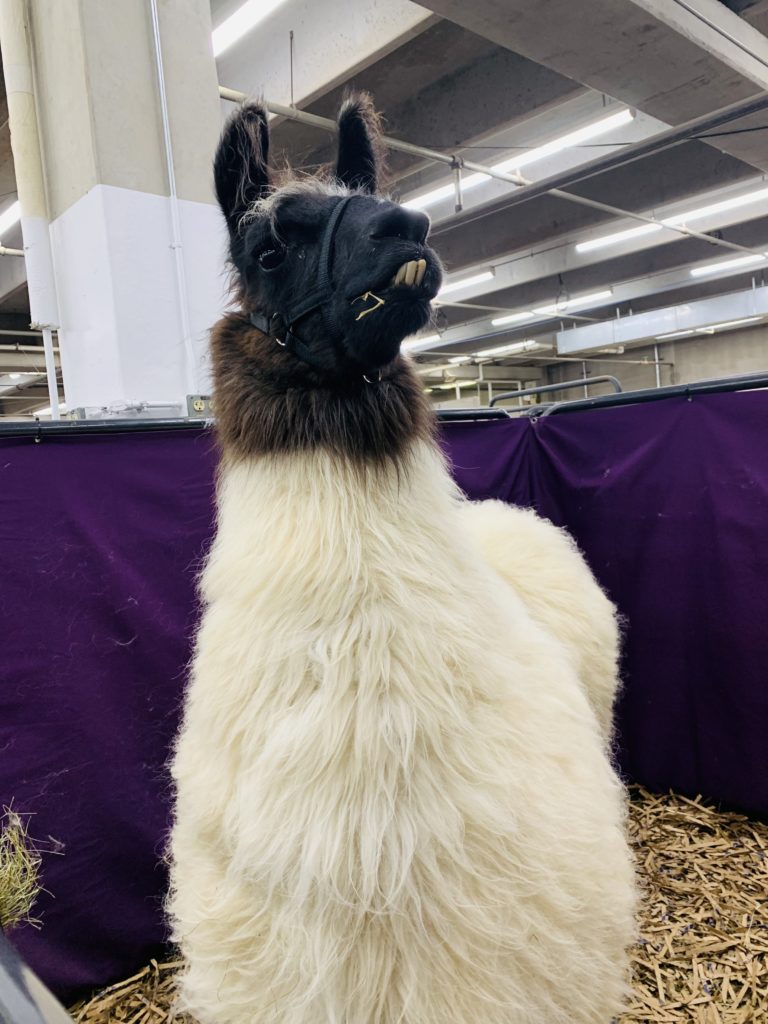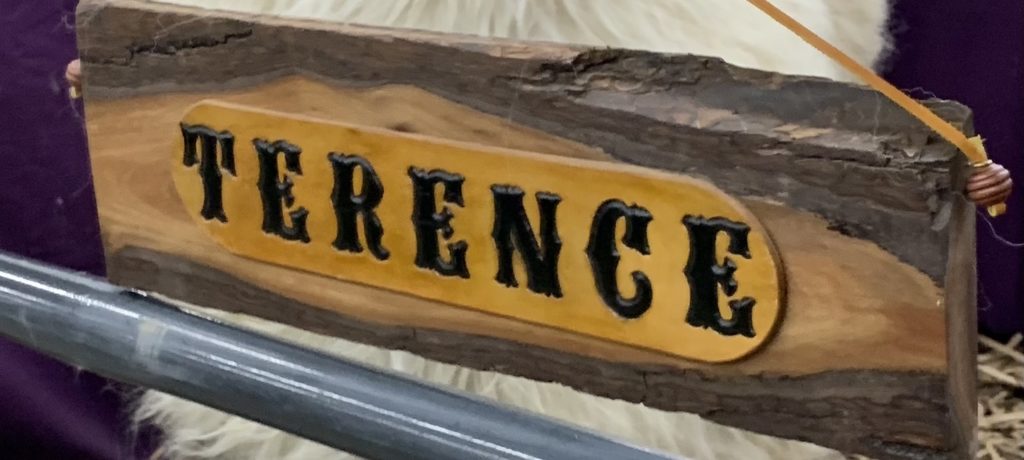The Evolution of the Llama
Llamas and alpacas have become a relatively common sight around the world. Whether you are from the United States or New Zealand you don’t have to wander far to find these beautiful species. Although these species are on the up, their history is not all sunshine and rainbows.
Llamas were reared intensively by the Incas and suffered at the power of Spanish conquistadors causing them to continue lacking a genetic diversity they possessed in the Pre-Columbian era. However, over the decades, llamas have conquered a global community, fulfilled novel roles, and gained international recognition.
As the only livestock to be domesticated by humans in the New World at that time, they fulfilled a part in the Andes as an equivalent to cattle, sheep, and horses.
But have you ever wondered what it would be like to own or show a llama? According to Jennifer Sager, it’s not always a walk in the park but it is entertaining.
Jennifer Sager of Hudson, Colorado is the owner of Terrance – the fun-loving llama. Terrance is a 15-year-old llama that was rescued by the Sager family when he was 11 years old. Sager is the owner of many other livestock species including horses, rabbits, sheep, and goats. Although Sager is the owner of many different animals, Terrance is her “fluffy baby”.
It is typical to see cattle, swine, sheep, and goats exhibited at livestock shows, but at the National Western Stock Show in Denver, Colorado you will find llamas, like Terrance, being shown in a variety of contests.
A llama show is not your typical livestock show. These animals not only endure the traditional show aspect of setting up your animal, they also must endure an obstacle course. In the obstacle course llamas will be put to the test through experiences similar to packing, touching, and even selfie-taking. In order to set up a llama it is a lot like showing equine.
Llamas must be desensitized (a technique of showcasing the animal to a scenario that would typically cause a commotion) at the head, ears, back, and legs. They must stand quietly in a poised position, walk without struggle, start and stop on command, and stand when you change from side to side in showmanship positions.
Though llama shows are not widely popular, they are growing. “There aren’t a lot of shows,” states Stager, “but if you are willing to travel, they are worth it.”
Taking Terrance to the prestigious National Western Stock Show is a high honor for Stager. If you are interested in exhibiting your llama next year at the National Western Stock Show more information can be found at nationalwestern.com.
By Tori Huckaby, 2022 NWSS Media Scholar


